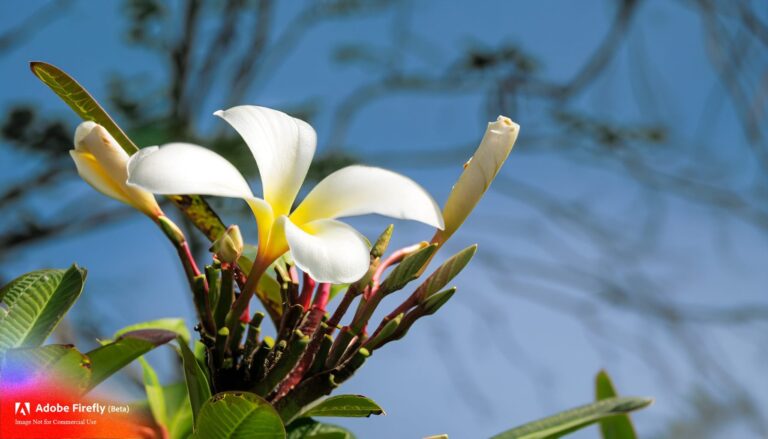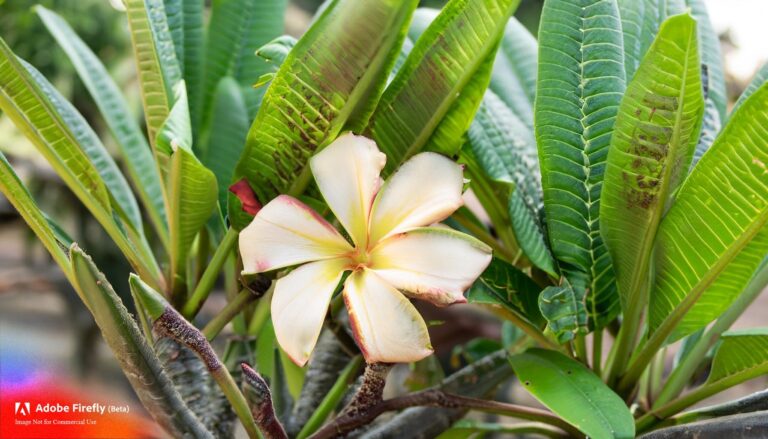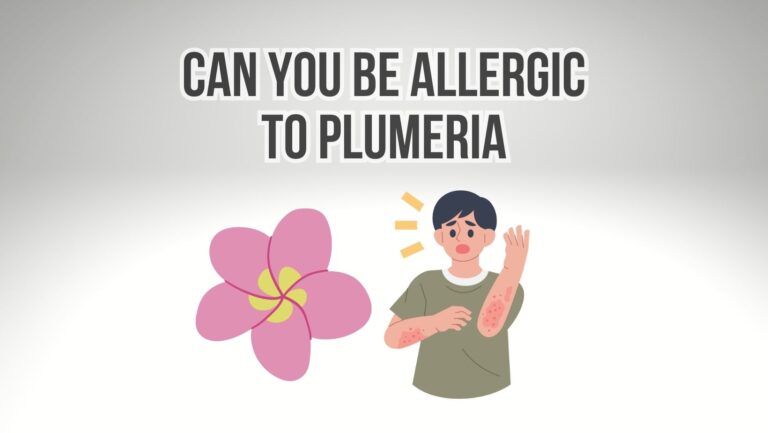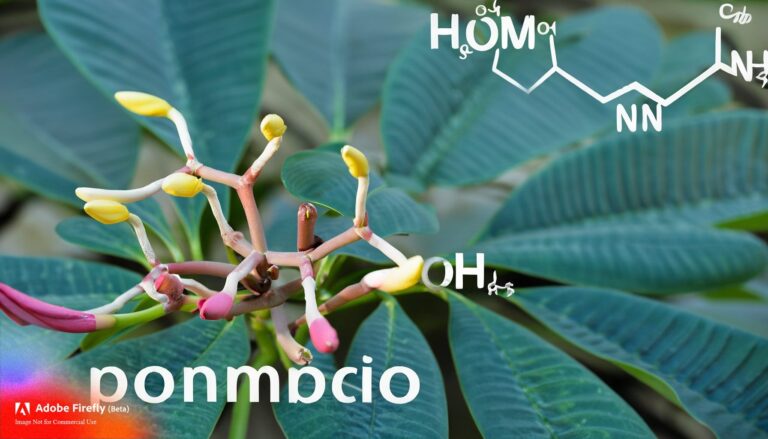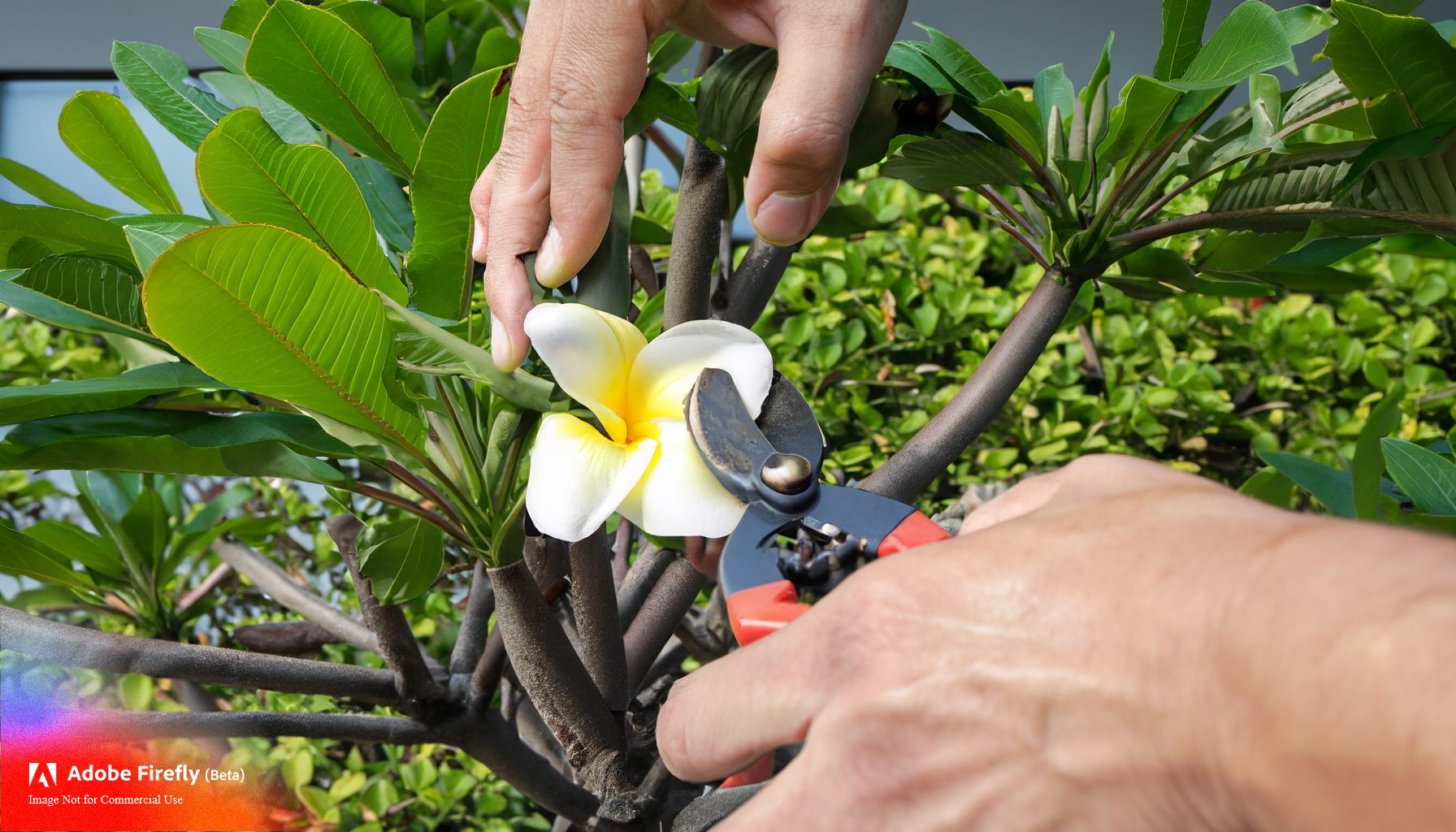
Pruning is a vital aspect of plumeria care that goes beyond aesthetics; it plays a significant role in maintaining the structural integrity and overall health of these beautiful tropical plants. Proper pruning helps plumerias develop strong branches, resist disease, and encourage optimal flowering. In this guide, we’ll explore the importance of pruning for structural integrity, when and how to prune plumerias, and essential tips for achieving successful results.
Why Prune for Structural Integrity?
Pruning for structural integrity involves shaping plumerias to develop sturdy branches and a well-balanced framework. This process not only enhances the plant’s aesthetic appeal but also promotes its long-term health and resilience. Here’s why pruning for structural integrity is essential:
- Strong Branches: Pruning helps eliminate weak, crossing, or crowded branches that may be susceptible to breakage under the weight of blooms or adverse weather conditions.
- Air Circulation: Thinning out dense growth through pruning improves air circulation within the canopy, reducing the risk of fungal diseases caused by trapped moisture.
- Sunlight Penetration: Pruning opens up the plant’s interior, allowing sunlight to reach lower leaves and branches, which is crucial for overall growth and flowering.
- Flower Production: Proper pruning encourages the development of flower buds on new growth, leading to a more prolific and vibrant display of blooms.
- Aesthetic Form: Pruning shapes plumerias into attractive forms, enhancing their presence in gardens and landscapes.
When to Prune Plumerias for Structural Integrity:
The timing of pruning is crucial for achieving optimal results. The best times to prune plumerias for structural integrity are:
- Dormant Season: The dormant period, typically in late winter to early spring, is an ideal time to prune plumerias. At this time, the plants have shed their leaves, allowing for better visibility of the plant’s structure.
- After Flowering: If your plumeria has already flowered, you can perform light pruning to remove spent flower stalks and shape the plant.
How to Prune Plumerias for Structural Integrity:
Follow these steps to prune plumerias for structural integrity:
- Gather Pruning Tools:
- Pruning shears or loppers (for thicker branches)
- Clean, sharp pruning tools to ensure clean cuts that minimize stress on the plant.
- Assess the Plant:
- Observe the overall structure of the plumeria. Identify weak, crowded, or crossing branches that need to be removed.
- Remove Weak or Diseased Branches:
- Start by removing any dead, diseased, or damaged branches. Cut them back to healthy tissue.
- Thin Out Crowded Growth:
- Identify branches that are closely spaced or rubbing against each other. Choose the stronger branch to keep and remove the weaker one.
- Trim Crossing Branches:
- If branches are crossing and likely to rub against each other, prune one of them to prevent damage and encourage healthy growth.
- Encourage Upright Growth:
- For plumerias with a multi-stemmed growth habit, select one main stem to be the central leader and remove competing stems that can weaken the plant’s structure.
- Prune for Air Circulation and Sunlight:
- Trim branches that are growing toward the center of the plant. Create an open structure that allows light and air to reach all parts of the plumeria.
- Shape the Canopy:
- Trim the upper branches slightly shorter than the lower branches to encourage a more pyramidal or rounded shape.
- Clean Cuts:
- Make clean cuts just above a leaf node or branch junction. Avoid leaving stubs, as they can become entry points for disease.
- Sealing Cuts (Optional):
- Some gardeners choose to seal larger cuts with a pruning sealant to prevent disease entry. However, plumerias generally heal well on their own without sealing.
Tips for Successful Pruning:
- Start Small: It’s better to under-prune than over-prune. You can always revisit and make further cuts if necessary.
- Step Back: Periodically step back and observe your progress to ensure you’re achieving the desired shape and structure.
- Take Your Time: Pruning is a deliberate process. Don’t rush; take the time to make thoughtful cuts.
- Sanitize Tools: Before pruning, clean your pruning tools with a disinfectant to prevent the spread of diseases.
- Learn as You Go: Over time, you’ll become more familiar with your plumerias’ growth patterns and how to prune them effectively.
Conclusion:
Pruning plumerias for structural integrity is a practice that contributes to the long-term health, beauty, and vitality of these tropical plants. By removing weak, crowded, or crossing branches and shaping the plant’s canopy, you’ll create a well-balanced framework that can withstand adverse conditions and promote optimal growth and flowering. With proper pruning techniques and a keen eye, you’ll be able to maintain the structural integrity of your plumerias, allowing

